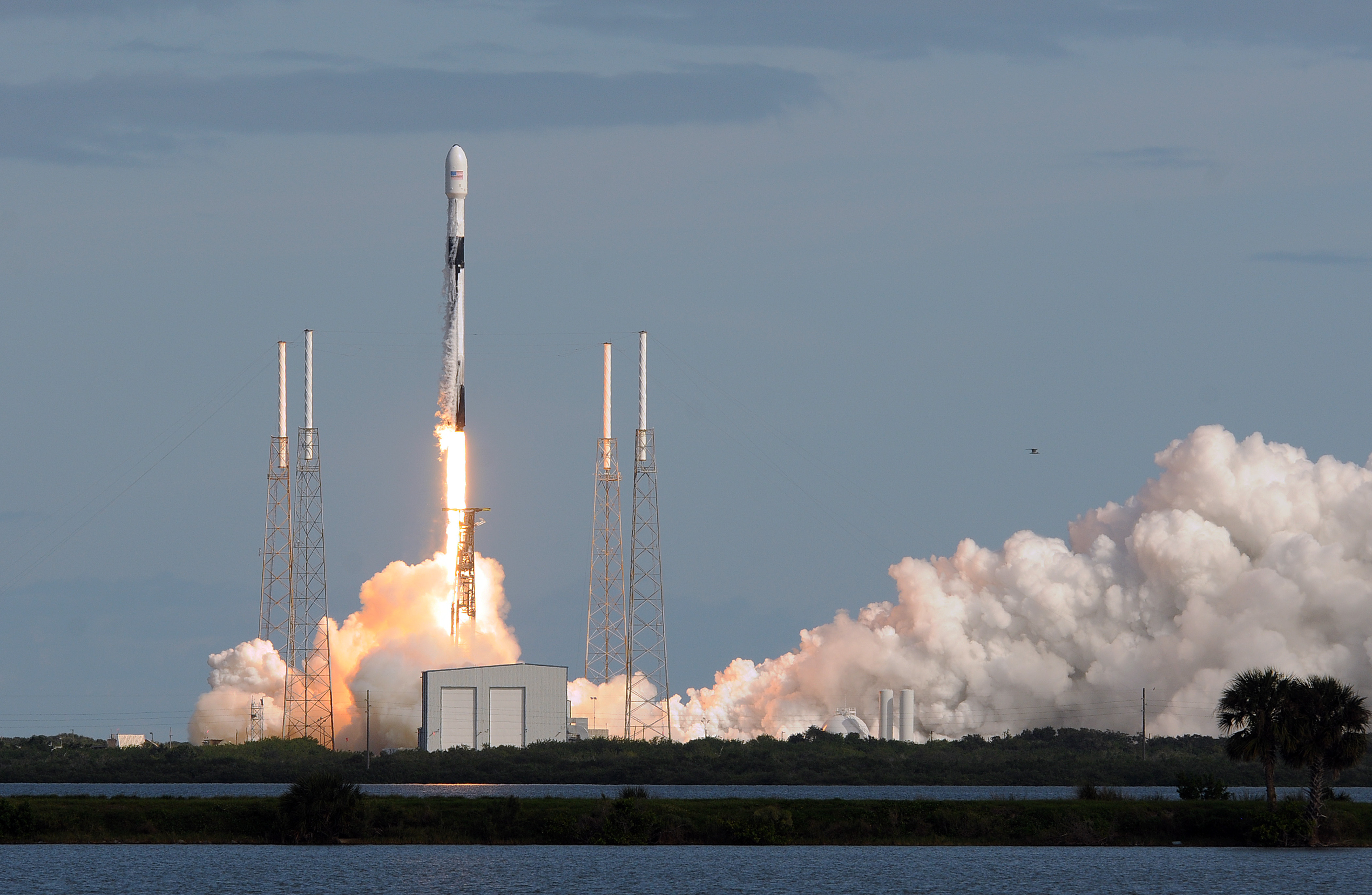Everything

In theory, blanketing the earth with high-speed internet along with a series of other services sounds like a great idea. For Elon Musk and his private rocket company the entrepreneur announced in October that SpaceX was requesting permission from the Federal Communications Commission to operate as many 30,000 Starlink internet satellites. With 12,000 already approved, Musk revealed it was in operation via a tweet. But with this new endeavour, the low-Earth orbit would contain more than eight times as many satellites as the total number currently in orbit. This has caused concern for scientists.
In May, the first Starlink nodes were launched however its brightness was questioned. Speaking to The New York Times Jonathan McDowell, an astronomer at the Harvard-Smithsonian Centre for Astrophysics says that “there is a point at which it makes ground-based astronomy impossible to do.” “If thousands more of these satellites are launched it will look as if the whole sky is crawling with stars.” It is argued that this “potentially threatens the science of astronomy itself.”
Successful deployment of 60 Starlink satellites confirmed! pic.twitter.com/bpBqO9oYR3
— SpaceX (@SpaceX) November 11, 2019
In response however, SpaceX is said to be directly working with the National Radio Astronomy Observatory, a federally funded research centre, to jointly minimise potential impacts of Starlink satellites. A spokeswoman from SpaceX said the company was taking steps to paint the Earth-facing bases of the satellites black to reduce their reflectiveness. But will it work? Some scientists are not yet convinced.
Despite efforts to reduce visual and connectivity impacts of the planned 42,000 satellites, Dr. Tyson, chief scientist for the Large Synoptic Survey Telescope believes a 27-foot, billion-dollar telescope under construction in Chile, will be greatly effected by the Starlink roll out. As will other means of research.
Stay tuned for further developments.